 |
BORROWING COST |
| << ACCOUNTING POLICIES, CHANGES IN ACCOUNTING ESTIMATES AND ERRORS 2 |
| EXCESS OF THE CARRYING AMOUNT OF THE QUALIFYING ASSET OVER RECOVERABLE AMOUNT >> |
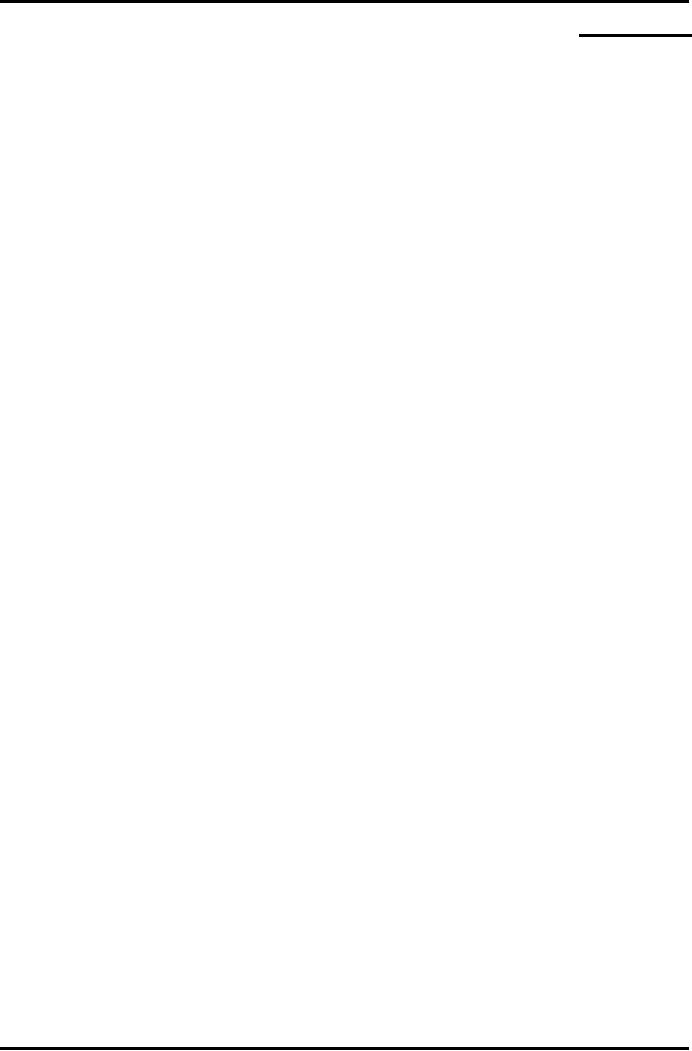
Advance
Financial Accounting
(FIN-611)
VU
LESSON
# 31
BORROWING
COST (IAS 23)
This
standard deals with the cost
(interest/financial charges) of such
borrowings that
are
made for purchase, acquisition or
construction/production of assets.
DEFINITIONS:
Two very
important terminologies of this
standard need explanation,
before going
into
the further details.
1)
Borrowing Costs:
These
are interest and other costs
incurred by an entity in connection with
the
borrowing
of funds.
Examples
of Borrowing Costs:
(a)
Interest
on bank overdrafts and short-term and
long term borrowings;
(b)
Amortization
of discounts or premiums relating to
borrowings;
(c)
Amortization
of ancillary costs incurred in
connection with the arrangement
of
borrowings
(e.g.
processing fee, lawyer's
consultation etc.);
(d)
finance
charges in respect of finance
leases recognized in accordance with
IAS
17,
Leases; and
(e)
Exchange
difference arising from foreign
currency borrowings to the
extent that
they
are regarded as an adjustment to
interest cost.
2) A
qualifying asset:
It is an
asset that necessarily takes
a substantial period of time to
get ready for its
intended
use or sale.
Examples
of Qualifying Assets:
a)
Manufacturing
plants
b)
Power
generation facilities
c)
Investment
properties
d)
Those
inventories which are routinely
manufactured or produced in
large
quantities
on a repetitive basis and assets ready
for their intended use or
sale
when
acquired are not qualifying
assets.
165
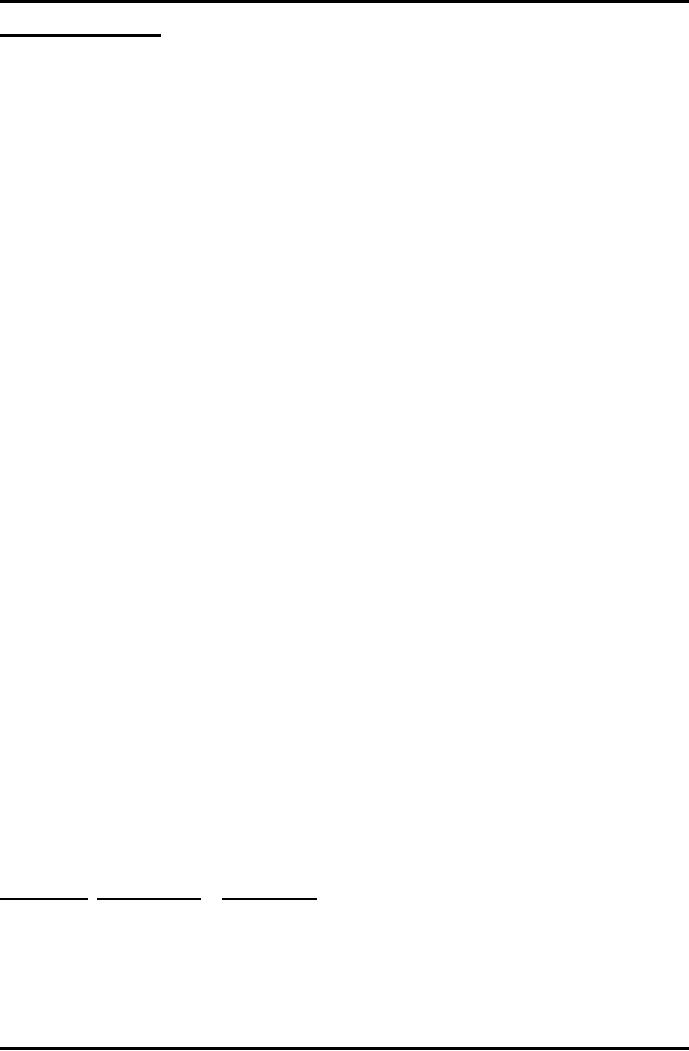
Advance
Financial Accounting
(FIN-611)
VU
Solved
Problem #1:
Identify which
of the followings are
qualifying assets:
(a)
Power
plant being in the process
of manufacturing.
(b)
Inventories
routinely manufactured;
(c)
Asset
ready for use;
(d)
Inventories
requiring a substantial period for
manufacturing.
(e)
Special
order for a special inventory
that will be manufactured in 5
months.
Solution:
(a)
Qualifying
Asset;
(b)
Not
Qualifying Asset;
(c)
Not
Qualifying Asset;
(d)
Qualifying
Asset;
(e)
Qualifying
Asset.
Accounting
for borrowing
costs:
1)
Benchmark Treatment:
Recognition:
Under
the benchmark treatment
borrowing costs are
recognized as an expense in
the
period
in which they are incurred regardless of
how the borrowings are
applied.
Disclosure:
The
financial statements shall
disclose the accounting
policy adopted for
borrowing
costs
(e.g.
Interest, markup, profit and
other charges on borrowings
are charged to income).
2)
Allowed Alternate
Treatment:
Recognition:
Borrowing
costs shall be recognized as an
expense in the period in which they
are
incurred,
except to the extent that
borrowing costs that are
directly attributable to
the
acquisition,
construction or production of a
qualifying asset shall be
capitalized as part
of
the cost of that
asset.
Borrowing
costs eligible for
capitalization:
The
borrowing costs that are
directly attributable to the
acquisition, construction or
production
of a qualifying asset are
those borrowing costs that
would have been
166
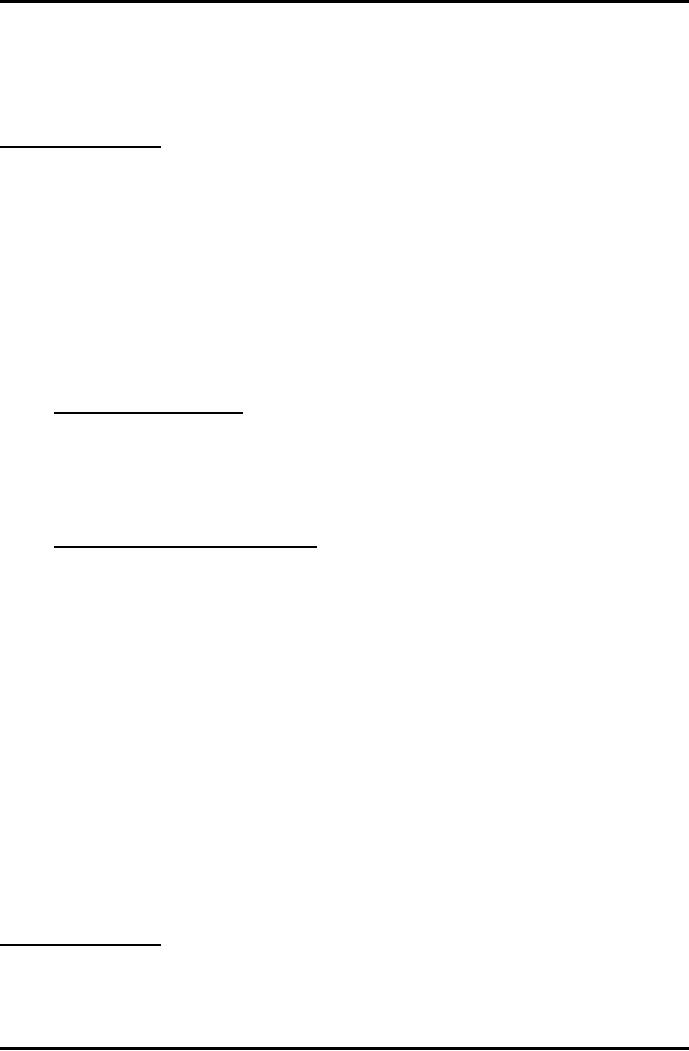
Advance
Financial Accounting
(FIN-611)
VU
avoided
had the expenditure on the
qualifying asset not been
made. When an entity
borrows
funds specifically for the purpose of
obtaining a particular qualifying
asset,
the
borrowing costs that
directly relate to that
qualifying asset can be
readily
identified.
Solved
Problem #2:
Mega
Limited is engaged in the
production of power generation
plants, which is to be
used
by the company.
The
company borrows Rs.20, 000,000 @
10% for construction of the
plant.
The
company wants to adopt the
policy for accounting treatment of
interest expense
on
such borrowings.
What
options are available to the
company under IAS-23, Borrowing
Costs.
Solution:
Benchmark
Treatment:
Interest
expense is recognized as an expense in
the period in which it is
incurred.
Therefore, the company under
benchmark treatment should
recognize
the
interest of Rs. 2,000,000 as an
expense.
Allowed
Alternative Treatment:
Under
allowed alternative treatment,
the interest expense of Rs.
2,000,000 shall
be
capitalized in the cost of
the asset.
Specific
Borrowings:
Where
funds are borrowed specifically for a
qualifying asset, the amount of
borrowing
cost
(less temporary investment
income if any) shall be capitalized as a
cost of such
asset.
Temporary
Investment Income:
When all of
the borrowed funds are not
utilized at once for acquisition,
development
or
construction of qualifying asset,
the unutilized amount of the
borrowed fund is
invested
temporarily(for a little time
period) in some securities.
The return on such
investments
is known as temporary investment
income.
Solved
problem #3:
Swan
Limited borrowed a loan from
bank @ 12% per annum
amounting to Rs.1,
000,000 for
the construction of power
generation facilities of the
company. The loan
was
received on January 01 and utilized
Rs. 300,000 on Qualifying Asset. On
January
167
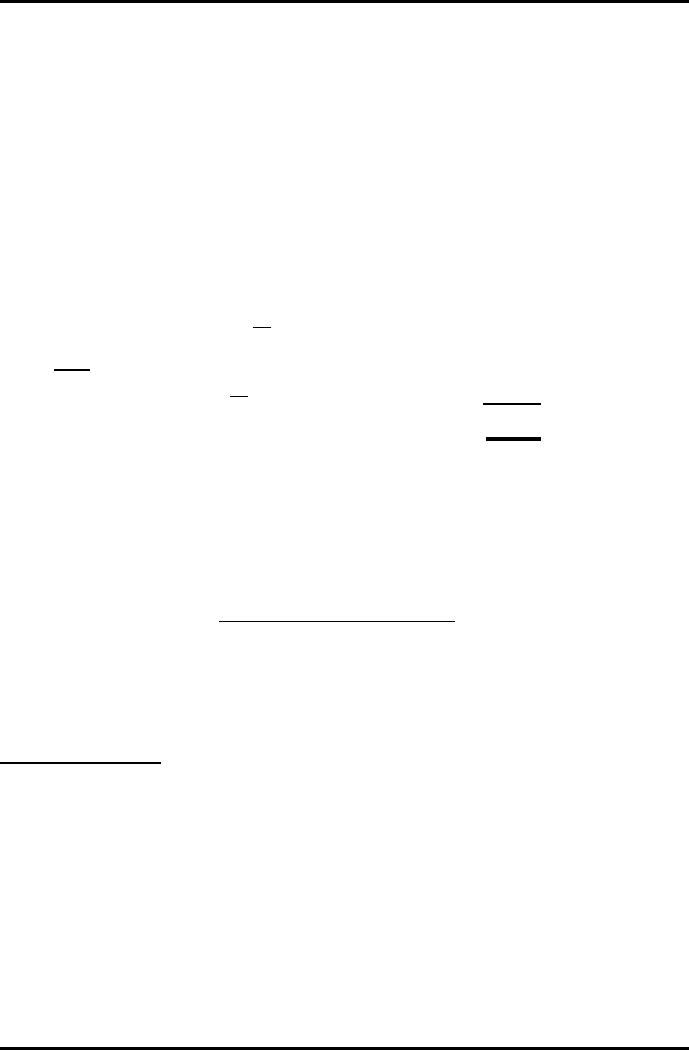
Advance
Financial Accounting
(FIN-611)
VU
01,
the company deposited the
remaining amount in a bank yielding
interest @ 6%.
Whole
of the amount is withdrawn and paid to
contractor on March 01. The
company
returned
the loan to bank after 9
months i.e. on October 01.
You are required to
calculate
the amount of borrowing cost
eligible for capitalization.
Hint:
Borrowing
period 9 months
Investment
period 2 months
Solution:
Rs.
Interest
paid to bank
9
1,000,000
x 12% x
90,000
12
Less:
Interest income
2
700,000 x 6%
x
(7,000)
12
Borrowing
cost eligible for
capitalization
83,000
Capital
expenditure (Rs. 1,000,000 +
83,000)
1,083,000
General
Borrowings:
The
amount to be capitalized shall be
computed on the basis of
capitalization rate, which
shall
be the
weighted average of the
borrowing costs applicable to
the outstanding borrowing
during
the
period, i.e.
Total
Borrowing Cost
incurred
Capitalization
rate =
x
100
Weighted
Borrowings Outstanding
This
rate when applied on the
expenditure incurred on Qualifying
Asset on a time
basis
gives the amount of borrowing
cost to be capitalized.
The
capitalization should not exceed
the amount of borrowing costs
actually incurred,
Solved
problem #4:
MCQ
(Private) Limited has the
following loans outstanding as at
December 31, 2005.
Rs.
Loan
1 @ 6% (Due since opening
date)
300,000
Loan
2 @ 8% (Taken on 1 April,
2005)
200,000
Loan
3 @ 9% (Taken on 1 July,
2005)
150,000
The
company spent following amounts on
construction of an asset.
January
31, 2005
70,000
April 1,
2005
80,000
December
1, 2005
10,000
168
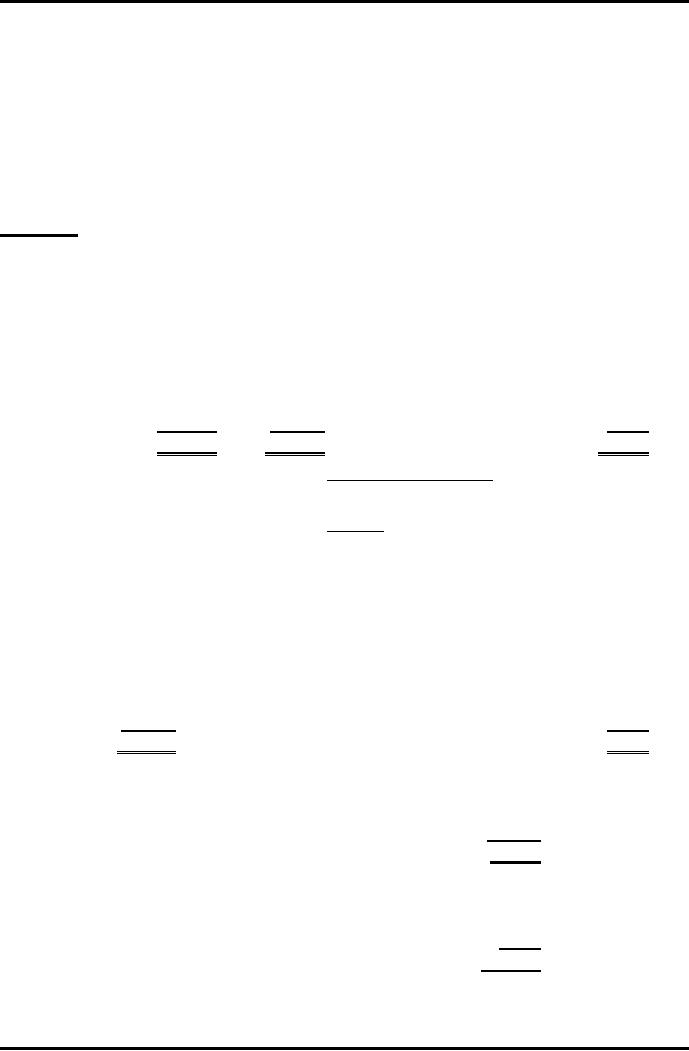
Advance
Financial Accounting
(FIN-611)
VU
Calculate
(i)
Capitalization Rate
(ii)
Borrowing cost eligible for
capitalization.
Solution:
(i)
Capitalization
rate
7%
(W-1)
(ii)
Borrowing
cost eligible for capitalization
Rs.9, 136 (W-2)
Working:
(W-1)
Capitalization Rate.
Loan
Amount
W
Avg.
Rate
Interest
Rs.
Rs.
Rs.
Loan
1
300,000
300,000
6%
18,000
Loan
2
200,000
(9/12)150,000
8%
12,000
Loan
3
150,000
(6/12) 75,000
9%
6,750
650,000
525,000
36,750
Total
Interest
Capitalization
rate =
x100
Weighted
Average Loan
36,750
=
x100
525,000
Capitalization
rate =
7%
(W-2)
Borrowing cost eligible for
capitalization.
Expenditure
Incurred on
Rate
Period
Capitalization
70,000
January
31, 2005
7%
11/12
4,492
80,000
April
01, 2005
7%
9/12
4,200
December
01, 2005
7%
1/12
58
10,000
160,000
8,750
Rupees
Total
borrowing cost
36,750
Borrowing
cost eligible for
capitalization
(8,750)
Borrowing
cost chargeable as
expense
28,000
Capital
Expenditure
Incurred
cost
160,000
Borrowing
cost eligible for
capitalization
8,750
Total
168.750
169
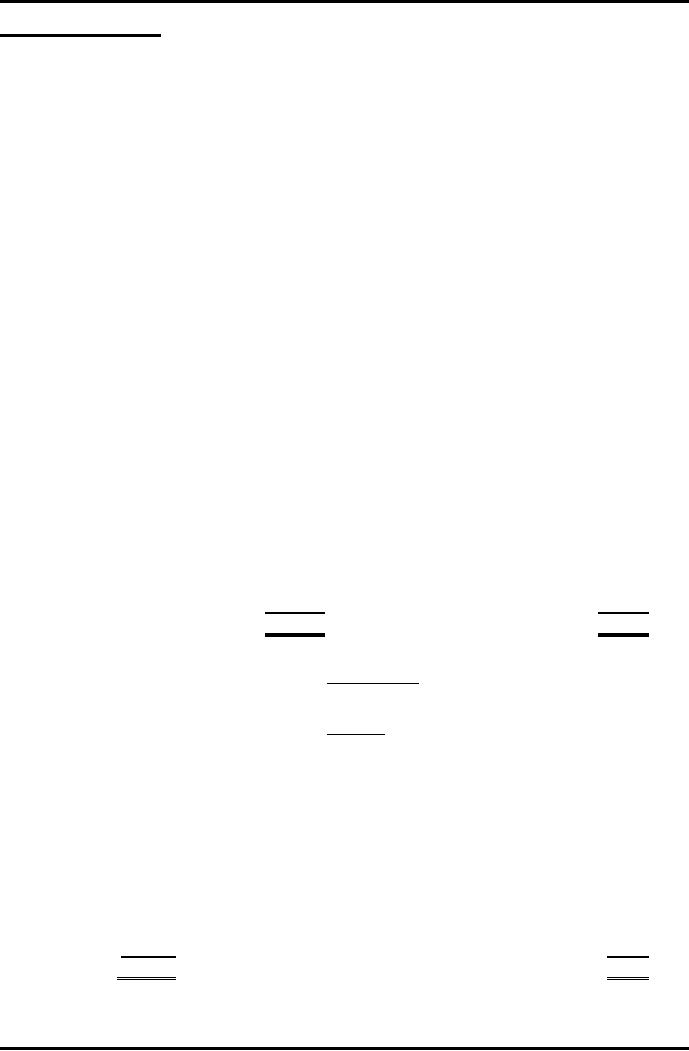
Advance
Financial Accounting
(FIN-611)
VU
Solved
problem #5:
MCQ
(Private) Limited has the
following loans outstanding as at
December 31, 2005.
Rs.
Loan
1 @ 6% (Due since opening
date)
300,000
Loan
2 @ 8% (Due since opening
date)
200,000
Loan
3 @ 9% (Due since opening
date)
150,000
The
company spent following amounts on
construction of an asset.
January
31, 2005
70,000
April 1,
2005
80,000
December
1, 2005
10,000
Calculate
(i) Capitalization
Rate
(ii)
Borrowing cost eligible for
capitalization.
Solution:
(i)
Capitalization
rate
7.31%
(W-1)
(ii)
Borrowing
cost eligible for
capitalization
Rs.9,
136 (W-2)
Working:
(W-1)
Loan
Amount
Rate
Interest
Rs.
Rs.
Loan
1
300,000
6%
18,000
Loan
2
200,000
8%
16,000
Loan
3
150,000
9%
13,500
650,000
47,500
Total
Interest
Capitalization
rate =
x100
Total
Loan
47,500
=
x100
650,000
Capitalization
rate =
7.31%
(W-2)
Borrowing
cost eligible for
capitalization.
Expenditure
Incurred
on
Rate
Period
Capitalization
Rupees
Rupees
70,000
January
31, 2005
7.31%
11/12
4,689
80,000
April 1,
2005
7.31%
9/12
4,386
10,000
December
1, 2005
7.31%
1/12
61
160,000
9,136
170
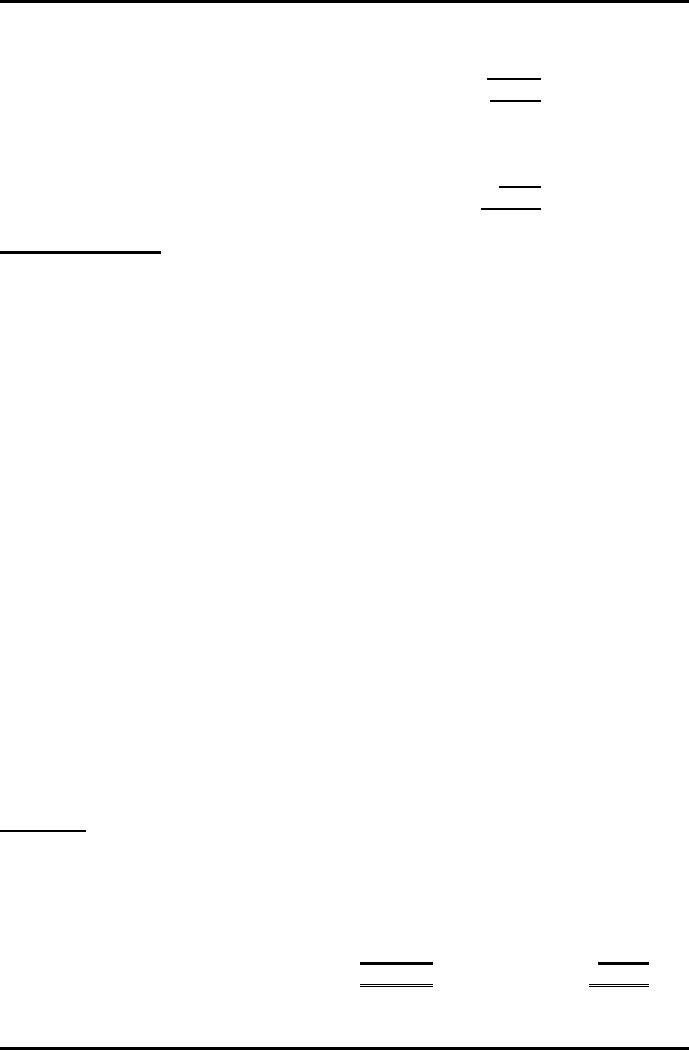
Advance
Financial Accounting
(FIN-611)
VU
Rupees
Total
borrowing cost
47,500
Borrowing
cost eligible for
capitalization
(9,136)
Borrowing
cost chargeable as
expense
38,364
Capital
Expenditure
Incurred
cost
160,000
Borrowing
cost eligible for
capitalization
9,136
Total
169,136
Solved
problem #6:
Sublime
Sports Limited is currently
manufacturing its power
plants.
Up-to
December 31, 2003, the
company has incurred costs
totaling Rs.500, 000 on
production
of one of its plant.
The
following loans are
outstanding:
Rs.
Loan
from MCB @ 9%
500,000
Loan
from HBL @ 10%
625,000
Loan
from UBL @ 11%
375,000
Loan
from HBL was taken on July 1,
20x3 other loan were
brought forward from
previous
year.
Expenditure
on plant incurred as
follows:
Rs.
May
31, 2003
300,000
July
31, 2003
200,000
You
are required to
calculate:
(a)
Capitalization
rate of the company;
(b)
Total
borrowing cost to be capitalized for
the year 2003.
Solution:
(a)
Capitalization
rate
9.8947%
(W-1)
(b)
Total
borrowing cost eligible for
capitalization
Rs.
25,562 (W-2)
Workings:
(W-1)
Principal
W
Avg. Loan
Rate
Interest
Loan
from MCB 500,000 12/12
500,000
9%
45,000
Loan
from HBL 625,000 6/12
312,500
10%
31,250
Loan
from UBL 375,000 12/12
375,000
11%
41,250
1,187,500
117,500
171
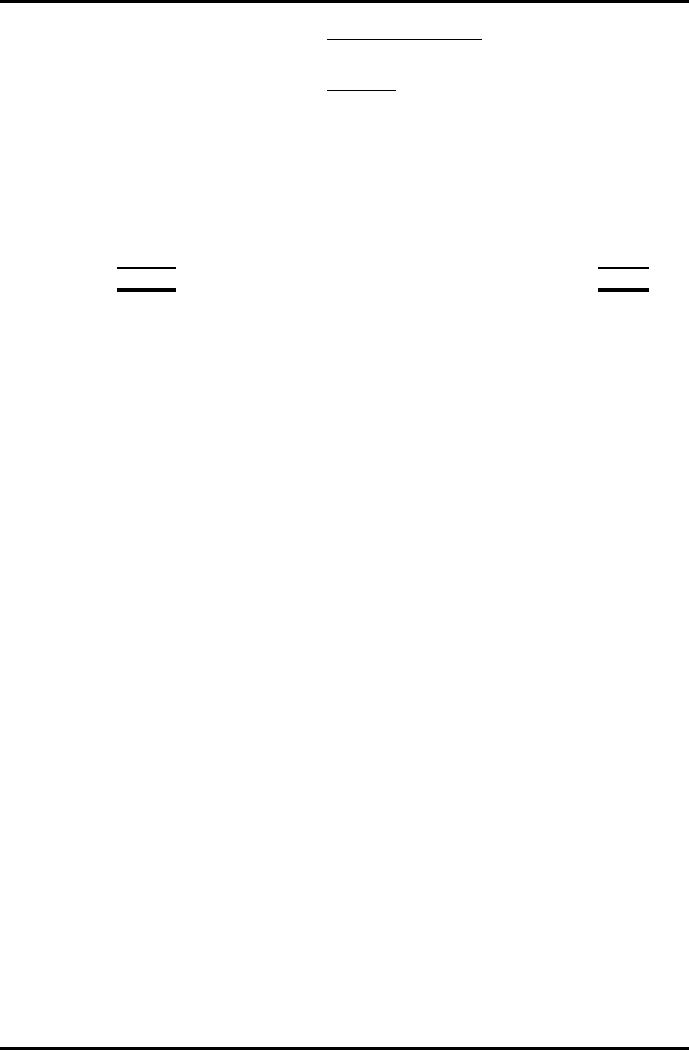
Advance
Financial Accounting
(FIN-611)
VU
Total
interest
Capitalization
rate =
x100
Weighted
average loan
117,500
=
x100
1,187,500
Capitalization
rate =
9.8947%
(W-2)
Total
borrowing cost to be
capitalized.
Expenditure
Incurred on
Rate
Period
Capitalization
300,000
May
31, 2003
9.8947%
7/12
17,316
200,000
July
31, 2003
9.8947%
5/12
8,246
500,000
25,562
172
Table of Contents:
- ACCOUNTING FOR INCOMPLETE RECORDS
- PRACTICING ACCOUNTING FOR INCOMPLETE RECORDS
- CONVERSION OF SINGLE ENTRY IN DOUBLE ENTRY ACCOUNTING SYSTEM
- SINGLE ENTRY CALCULATION OF MISSING INFORMATION
- SINGLE ENTRY CALCULATION OF MARKUP AND MARGIN
- ACCOUNTING SYSTEM IN NON-PROFIT ORGANIZATIONS
- NON-PROFIT ORGANIZATIONS
- PREPARATION OF FINANCIAL STATEMENTS OF NON-PROFIT ORGANIZATIONS FROM INCOMPLETE RECORDS
- DEPARTMENTAL ACCOUNTS 1
- DEPARTMENTAL ACCOUNTS 2
- BRANCH ACCOUNTING SYSTEMS
- BRANCH ACCOUNTING
- BRANCH ACCOUNTING - STOCK AND DEBTOR SYSTEM
- STOCK AND DEBTORS SYSTEM
- INDEPENDENT BRANCH
- BRANCH ACCOUNTING 1
- BRANCH ACCOUNTING 2
- ESSENTIALS OF PARTNERSHIP
- Partnership Accounts Changes in partnership firm
- COMPANY ACCOUNTS 1
- COMPANY ACCOUNTS 2
- Problems Solving
- COMPANY ACCOUNTS
- RETURNS ON FINANCIAL SOURCES
- IASBíS FRAMEWORK
- ELEMENTS OF FINANCIAL STATEMENTS
- EVENTS AFTER THE BALANCE SHEET DATE
- PROVISIONS, CONTINGENT LIABILITIES AND CONTINGENT ASSETS
- ACCOUNTING POLICIES, CHANGES IN ACCOUNTING ESTIMATES AND ERRORS 1
- ACCOUNTING POLICIES, CHANGES IN ACCOUNTING ESTIMATES AND ERRORS 2
- BORROWING COST
- EXCESS OF THE CARRYING AMOUNT OF THE QUALIFYING ASSET OVER RECOVERABLE AMOUNT
- EARNINGS PER SHARE
- Earnings per Share
- DILUTED EARNINGS PER SHARE
- GROUP ACCOUNTS
- Pre-acquisition Reserves
- GROUP ACCOUNTS: Minority Interest
- GROUP ACCOUNTS: Inter Company Trading (P to S)
- GROUP ACCOUNTS: Fair Value Adjustments
- GROUP ACCOUNTS: Pre-acquistion Profits, Dividends
- GROUP ACCOUNTS: Profit & Loss
- GROUP ACCOUNTS: Minority Interest, Inter Co.
- GROUP ACCOUNTS: Inter Co. Trading (when there is unrealized profit)
- Comprehensive Workings in Group Accounts Consolidated Balance Sheet